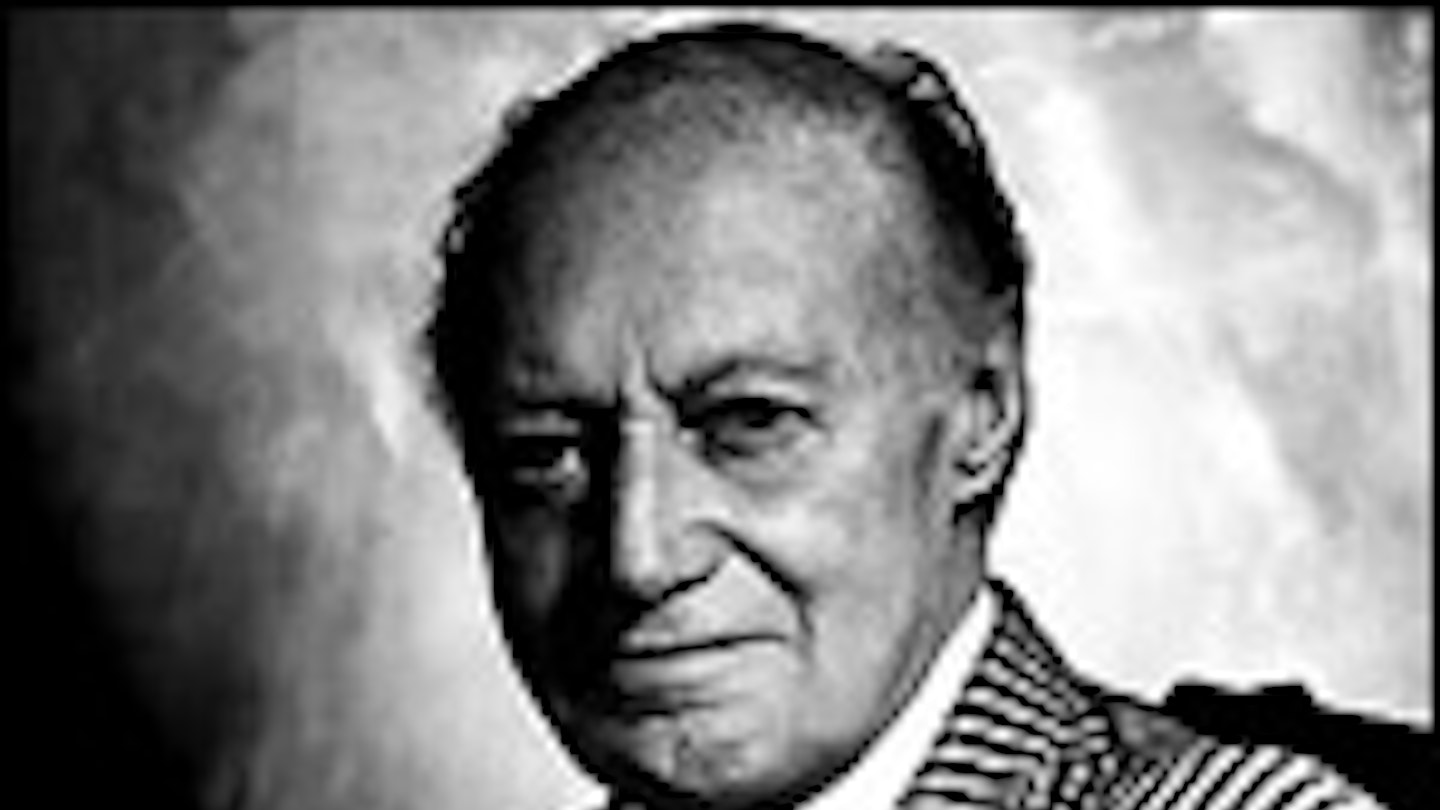At a time when filmmakers around the world were plumbing the depths of neo-realism or exposing social iniquity in monochrome problem pictures, Michael Powell and Emeric Pressburger were revelling in the Technicolored glamour of the theatre.
Based on a story by Hans Christian Andersen and originally commissioned by Sir Alexander Korda for his then-wife, Merle Oberon, this glorious (though some would say somewhat precious) picture brought a new refinement to the backstage musical.
Vicky Page (Shearer), a promising ballerina, is compelled by her Diaghilev-like Svengali, Boris Lermontov (Walbrook), to choose between her career and composer, Julian Craster (Marius Goring), who scored the 20-minute Red Shoes ballet that has made her a star. But having opted for love, Vicky finds the lure of ballet dancing too strong and she weakens, with terrible consequences.
While the tragic drama, intense performances and ravishing visuals have earned the film its reputation for exquisite artifice, the other technical credits are also hugely impressive. Robert Helpmann, who plays the company’s leading dancer, Boleslawsky, also choreographed the ballet, while such superstars as Ludmilla Tchérina and Léonide Massine headlined the corps.
Former documentary composer Brian Easdale won an Oscar for a score that was performed by Sir Thomas Beecham and the Royal Philharmonic Orchestra. Additionally, production designer Hein Heckroth was similarly rewarded for his stylised sets. Yet, cinematographer Jack Cardiff was scandalously overlooked, despite the film’s sumptuous imagery. Martin Scorsese apparently ranks this among his favourite films. And that should be good enough for the likes of us.


